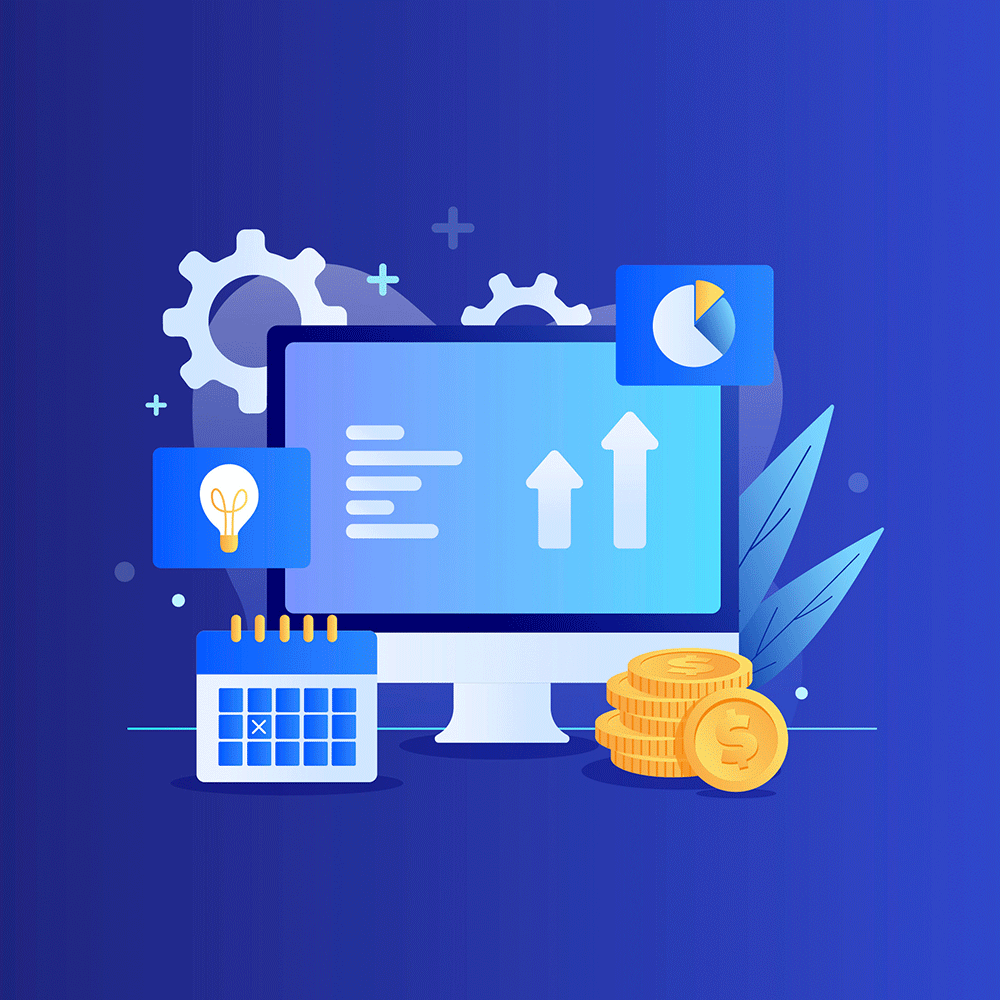FinOps for a Faster Bottom Line: A C-Suite Guide to AWS Cost Optimization for Food Delivery and Taxi App Growth

For food delivery and taxi apps, every transaction—from a ride booked to a meal delivered—is a micro-event directly impacting your bottom line. As a CEO or Founder, you're racing to capture market share, build loyalty, and, most importantly, grow profitably. But behind the app's smooth logistics lies a powerful, often unpredictable force: the cloud. For many leaders, the promise of infinite scale is overshadowed by one question: "Are we truly getting a return on our escalating AWS investment?"
For a CFO or Finance Director, the challenge is stark. Unlike a traditional business, your cloud spend is a variable cost that can spiral out of control during demand surges. This unpredictability erodes your unit economics and makes long-term budget planning a constant headache.
This is the problem FinOps solves. FinOps, or Cloud Financial Operations, isn’t just an IT term. It’s a strategic framework that gives you control over your AWS budget. It helps you predict costs and ties every dollar spent in your infrastructure directly to a measurable business outcome. This C-Suite Guide shows every leader how to turn cloud spend from a liability into a key enabler for Taxi App Growth and food delivery profitability.
The FinOps Imperative for On-Demand Services

The unique DNA of food delivery and digital restaurant platforms makes a robust FinOps practice a necessity.
- The Unpredictable Surge: Your business runs on short-lived spikes in demand—meal rushes, promotions, or events. This requires an infrastructure that can scale instantly. Without FinOps, this elasticity leads to costly over-provisioning and idle resources that bleed your budget dry.
- The Tyranny of Unit Economics: Your profitability depends on the cost per transaction. Every millisecond of compute, every gigabyte of data, every API call contributes to that cost. FinOps provides the precision you need to identify and optimize every part of this equation.
- The Race to Scale: In a high-growth environment, cost efficiency is your competitive advantage. The capital you save on cloud infrastructure can be reinvested into acquiring new customers, developing features, or expanding into new markets. For a CEO, FinOps is the tool that turns cloud spend from a business liability into a powerful growth lever.
Pillar 1: Gain Real-Time Financial Visibility

You can't manage what you can't see. Your first step in a successful FinOps strategy is to dismantle the monolithic AWS bill and get a clear, business-centric view of your spending.
For a CFO or Finance Director, this means getting a report that looks familiar: a profit-and-loss statement broken down by business unit. You achieve this through cost allocation, a practice that goes beyond simple tagging. Every cloud resource, from a database to a serverless function, must be tagged with key business attributes like city-id, service-type, promotion-code, and menu-category.
Imagine telling a CEO the exact cloud cost of a promotional campaign in a specific city. With real-time FinOps dashboards, you can. You can monitor resource consumption and cloud budget against live revenue. If costs outpace profitability during the lunch rush, your Operations Head gets instantly alerted. This enables rapid, data-driven decisions to optimize the system on the fly. This level of transparent reporting moves your cloud spend from a confusing variable to a predictable, manageable line item.
Pillar 2: Dynamic Cloud Optimization

In the on-demand economy, your infrastructure must be as agile as your delivery fleet. Your CTOs and CIOs need a FinOps framework that champions efficiency without sacrificing performance.
- Scale with the Surge—and Only the Surge: The key to optimizing compute costs is perfectly matching capacity to demand. During peak hours, your systems for order processing and logistics run at full throttle. But at 3 a.m., they're largely idle. A robust FinOps approach uses Auto Scaling to handle these fluctuations. It provisions resources as orders surge and scales them back down when business slows. This prevents the cardinal sin of paying for unused capacity.
- The Power of Spot Instances: For non-critical, but computationally intensive workloads, Spot Instances are a CTO's secret weapon. Think of tasks like running surge pricing algorithms or analyzing delivery data. These jobs are perfect for taking advantage of massive discounts on unused AWS capacity, often reducing costs by up to 90%.
- Database and Data Transfer Efficiency: Hidden costs often lie in your databases and data transfer. Optimizing your database costs, which can represent a significant portion of your cloud bill, is critical. This could involve right-sizing databases, leveraging tiered storage solutions for logs, or using modern alternatives. Minimizing data transfer fees—a common and expensive oversight—is a key part of the cloud cost optimization process.
Pillar 3: Build a Culture of Cloud Accountability
Technology and finance teams have traditionally operated in silos. FinOps shatters this old model, replacing it with a collaborative approach where every stakeholder shares ownership of cloud spend.
For an Operations Head, the challenge is to instill a sense of shared responsibility for the cloud budget. You can achieve this through a showback model, where engineering teams get regular reports showing the financial impact of their services. This transparency fosters financial accountability. It encourages your developers and architects to consider the cost implications of their designs, turning them into partners in profitability.
Your FinOps team—comprising reps from finance, engineering, and operations—should meet regularly to review spend, analyze trends, and find new opportunities for optimization. This transforms the monthly AWS bill from a source of friction into a shared metric for success, where every dollar saved can be reinvested into Food Delivery and Taxi App Growth.
Conclusion: From Cost Center to Strategic Asset
In the hyper-competitive on-demand economy, winning the race to profitability requires controlling costs without sacrificing innovation. FinOps is the strategic framework that lets you do this. It empowers you to monitor costs in real time, optimize for your business's dynamic nature, and build a culture where efficiency is a shared value.
This isn’t just about saving money on your AWS bill. It's about building a more resilient, more profitable, and more strategic business. It’s about turning your cloud infrastructure from a black box of unpredictable expenses into a powerful, transparent engine for sustainable growth.
Ready to gain total control over your cloud spending and supercharge your unit economics? We provide a full-service FinOps solution specifically designed for high-growth, on-demand businesses like yours. We don't just offer advice; we build the custom systems and dashboards you need to master your cloud finances.
Contact us to start building your custom FinOps solution.
